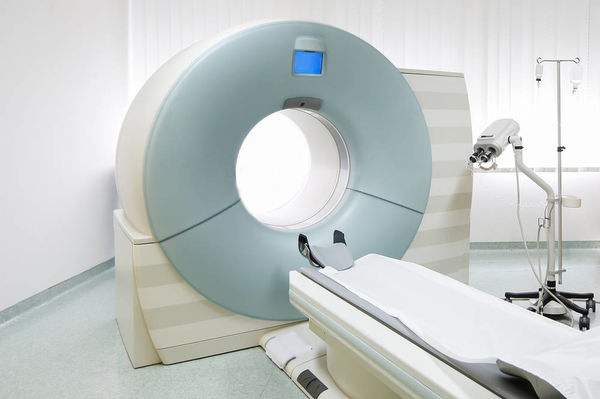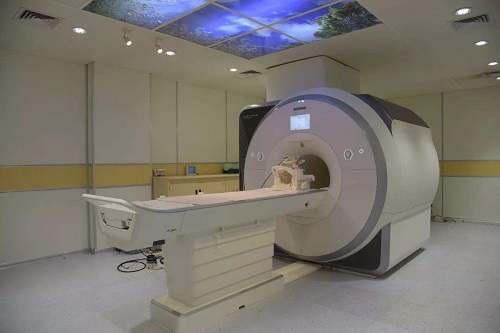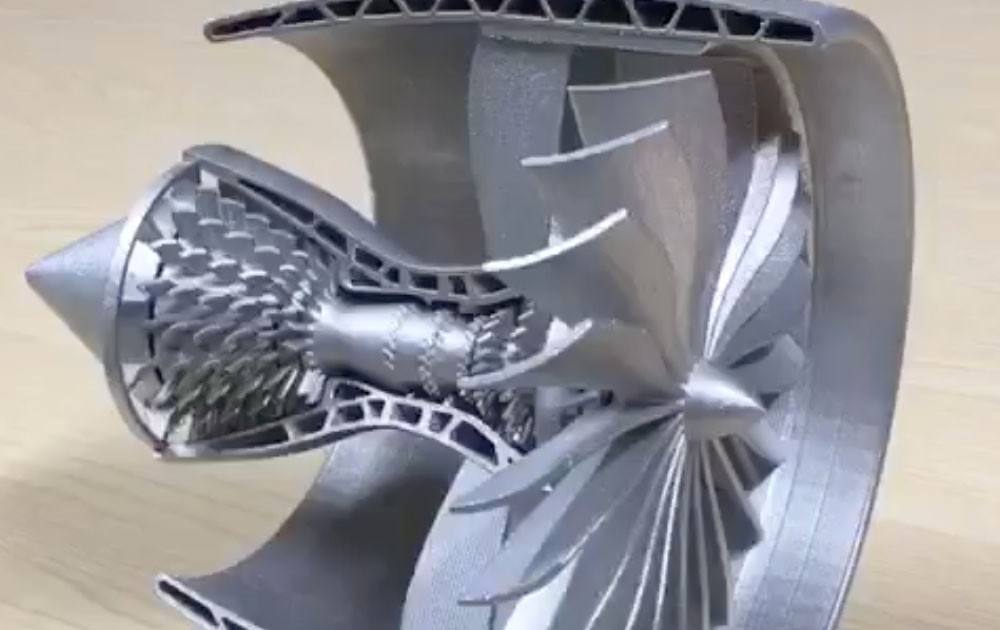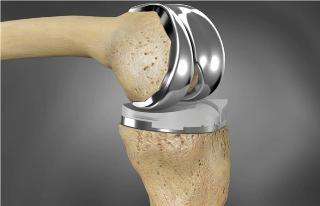High-temperature superconducting cables using high-temperature superconducting wires have low loss, no insulating oil, no environmental pollution, and flexible use, which can reduce the operating cost of electricity. High-temperature superconducting cables are three to five times more powerful (compared to the same cross-section) than conventional cables, meeting the city's growing power needs.
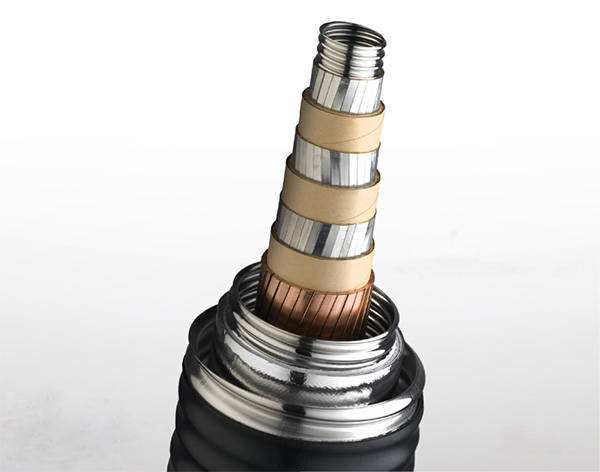
2) Superconducting generator
The zero resistance effect has the property of no loss of transport current. In the field of electric power, the superconducting coil magnet can increase the magnetic field strength of the generator to 50,000 to 60,000 Gauss, and there is almost no energy loss. This generator is an AC superconducting generator. The single-generation power generation capacity of the superconducting generator is 5~10 times higher than that of the conventional generator, reaching 10,000 megawatts, but the volume is reduced by 1/2, the weight of the whole machine is reduced by 1/3, and the power generation efficiency is increased by 50%.
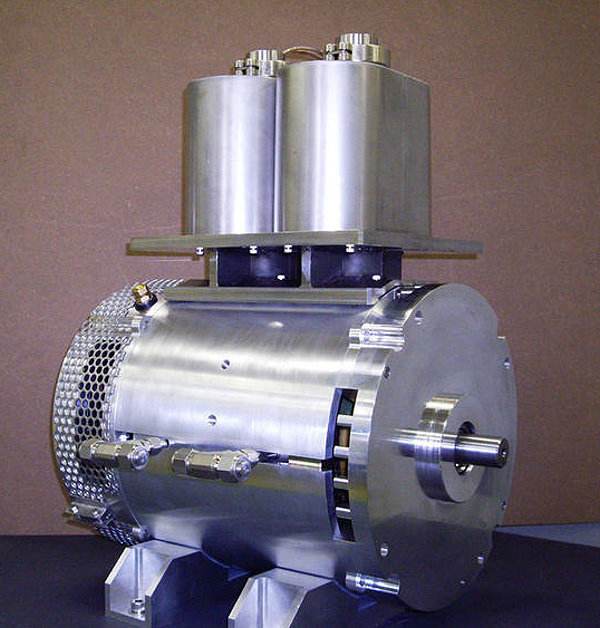
3) Maglev train
The principle of the maglev train is to use the magnet "same-sex repellent, opposite-sex attraction" to make the magnet have the ability to resist gravity, that is, "magnetic suspension." Used in the railway transportation system, the train is completely out of orbit and suspended, becoming a "wheelless" train with a speed of several hundred kilometers or more.

4) Superconducting quantum interference magnetometer
By using superconducting tunneling effect, it is possible to manufacture a highly sensitive electromagnetic signal detecting element and a computer component for high-speed operation, and a superconducting quantum interference magnetometer can be manufactured, and a magnetoencephalogram and a magnetocardiogram can be measured. Brain activity is of great significance. It is also possible to apply superconductors in microwave devices, which also has great application value for improving the quality of communication.
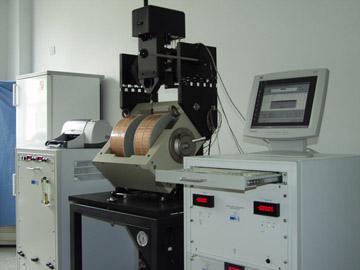
5) Superconducting minesweeping
The superconducting minesweeper simulates the ship's magnetic field characteristics. It uses two high-current cables to form electrodes in seawater, and forms a closed circuit with seawater to generate a magnetic field, or installs an electromagnet on the ship to generate a magnetic field, thereby detonating the magnetic water mine.
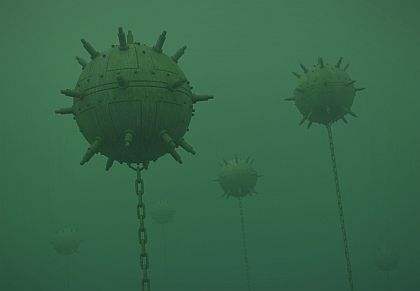
6) Nuclear magnetic resonance imager
The strong magnetic field required for nuclear magnetic resonance is provided by a superconducting magnet.
